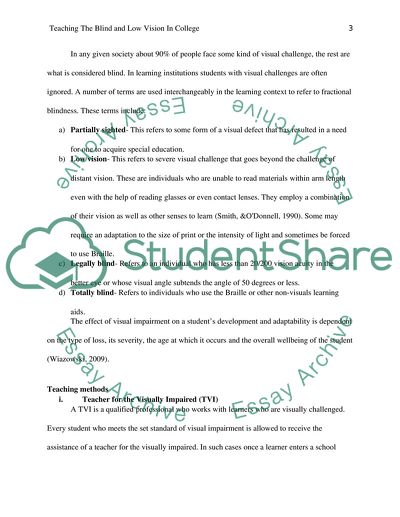Cite this document
(Teaching The Blind and Low Vision in College Coursework, n.d.)
Teaching The Blind and Low Vision in College Coursework. Retrieved from https://studentshare.org/education/1771060-teaching-the-blind-and-low-vision-in-college
Teaching The Blind and Low Vision in College Coursework. Retrieved from https://studentshare.org/education/1771060-teaching-the-blind-and-low-vision-in-college
(Teaching The Blind and Low Vision in College Coursework)
Teaching The Blind and Low Vision in College Coursework. https://studentshare.org/education/1771060-teaching-the-blind-and-low-vision-in-college.
Teaching The Blind and Low Vision in College Coursework. https://studentshare.org/education/1771060-teaching-the-blind-and-low-vision-in-college.
“Teaching The Blind and Low Vision in College Coursework”, n.d. https://studentshare.org/education/1771060-teaching-the-blind-and-low-vision-in-college.


